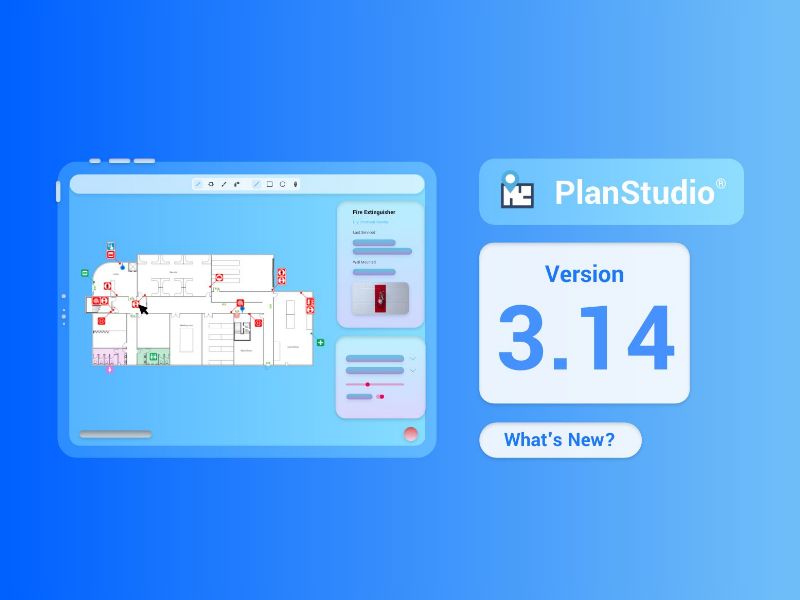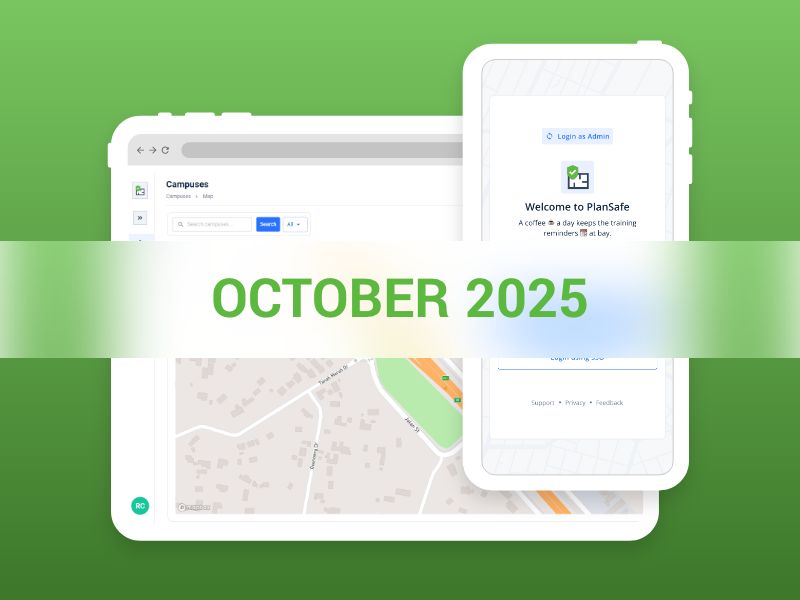Written by
Helen Hall
Published on
August 14, 2025
Four key considerations include:
1. Protection of life
Hospitals house vulnerable populations including patients who may be immobile, unconscious, or dependent on life-support systems. Effective emergency planning ensures rapid, safe evacuation and minimises harm.
2. Legal and ethical accountability
Executives and boards are personally accountable under legislation for maintaining a safe environment. Failure to comply can result in legal action, fines, and reputational damage.
3. Operational continuity
Fires or emergency evacuations can disrupt critical services, delay surgeries, and compromise patient care. Planning ensures continuity and rapid recovery.
4. Accreditation and funding
Compliance with fire safety standards is often tied to hospital accreditation and Government subsidies. Non-compliance can jeopardise both.
Consequences of poor fire safety compliance
Neglecting fire safety and emergency planning can lead to:
One effective approach is to conduct regular fire drills and systematically document any anomalies observed during these simulations to inform continuous improvement. Another valuable strategy is to study and learn from the real-time responses of other hospitals that have faced actual emergency events.
To help, we have researched 5 extraordinary emergency events and their key learnings for you to consider:
1. Preparedness must be comprehensive
Is your training site specific? Are you certain that every staff member is well rehearsed and aware of how they need to respond if an emergency was to occur in their designated workspace? Have processes from Fire Engineered solutions been included in their training? If they work in more than one ward, are they trained in procedures for each location
2. Staff training is essential
Role Specific Training is critical, make sure your staff are familiar with necessary processes unique to their work environment. Make sure any unique processes including fire engineered solutions are explained in detail and provide access to training so that staff can easily familiarize themselves with what is expected of them.
3. Communication is critical
Be clear on all your communication channels and ensure that they are tested regularly.
4. Leadership and governance matter
Regular reporting on compliance must be reliable, readily available and accurate. Have processes in place to audit and review emergency response and use it to continually improve your response.
5. Infrastructure and systems must be maintained
Maintain a good relationship with your fire services contractor, ensuring they are prioritizing your facility to maintain system compliance. Conduct your own internal audits for best practice.
Work with emergency responders and invite them to attend your drills, make sure they are always kept up to date with your hospital’s infrastructure changes and floor and site plans.


.png)